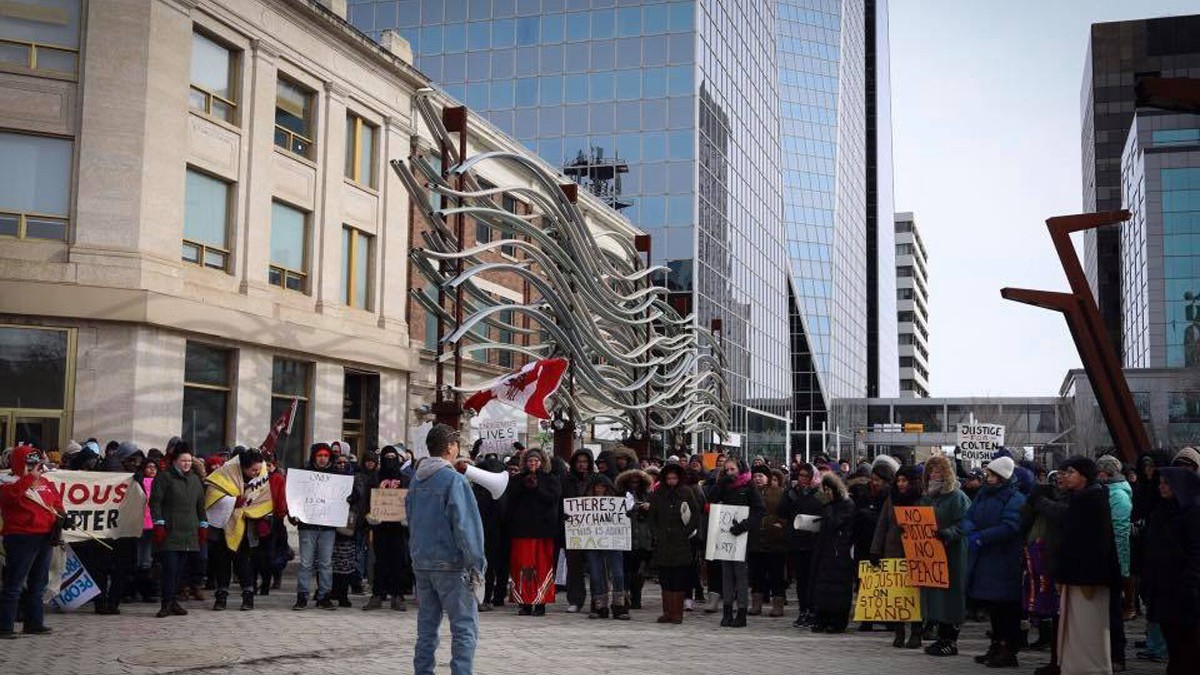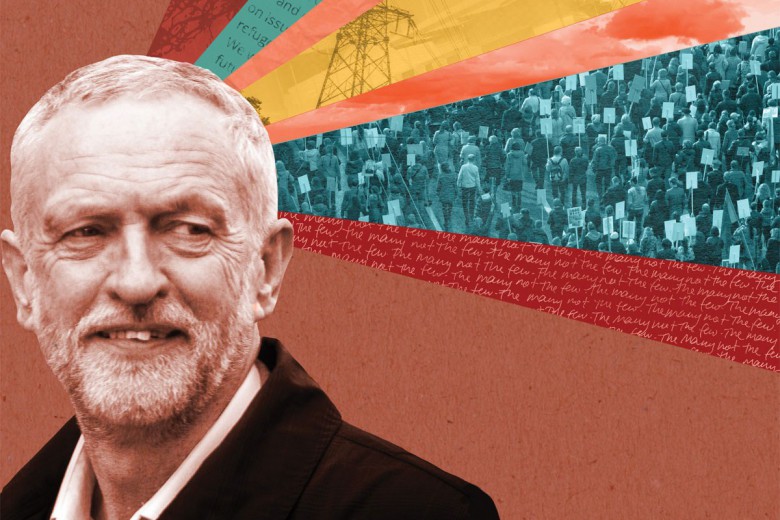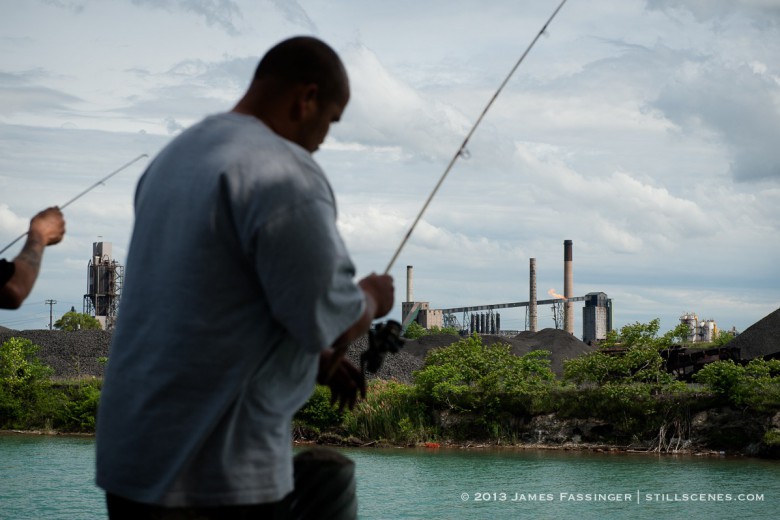There’s no point in pulling any punches: the left on the Prairies is very weak. True, it’s not much better than in most other regions of Canada today – but it’s weaker than the left in B.C., Ontario, and Quebec, at the least. This wasn’t always the case: the New Left on the Prairies in the 1960s and 1970s didn’t lag behind. Briarpatch and Canadian Dimension, two of the remaining handful of left-wing print magazines in Canada, both developed out of the New Left, and they have survived in part thanks to the left in Regina and Winnipeg, respectively.
But today radical left voices are few and far between in the region’s unions. There’s little left activism happening among university and college students on Prairie campuses, and not much left-wing community organizing. Who is challenging the NDP government in Alberta from the left? Where is the fight against austerity in Manitoba? In Saskatchewan, the Stop the Cuts coalition has made some advances against the right-wing Sask. Party’s austerity budget, but still doesn’t have leverage over the agenda.
The Indigenous resurgence that’s underway in the region gives me hope. Yet what I call the “radical left” in a broad sense – stretching from people who demand far-reaching reforms like those proposed in the Leap Manifesto, to people like me who aim for a rupture that drives a process of social and ecological transformation and liberation – is weak. We exist, but we’re too few, fragmented, and unorganized.
As Stephen D’Arcy wrote in a must-read 2014 blog post, “The Intractable Marginality of the Activist Left,” “self-organized struggles of broad masses of people for social and environmental justice” are indispensable generators of “infusions of enthusiasm, critical insights about the nature of the systems we oppose and how to defeat them, and what Rosa Luxemburg called ‘the forward-storming combative energy’ of broad popular movements.” That combative energy is what’s missing on the Prairies today.
We exist, but we’re too few, fragmented, and unorganized.
Other than Idle No More in 2012–2013, it’s been a long time since we’ve experienced such struggles on the Prairies – and we can’t manufacture them “by force of will or by sheer organizing prowess,” says D’Arcy.
Years with so little social struggle have left us without much of what Alan Sears in The Next New Left calls the “infrastructure of dissent”: “the means through which activists develop political communities capable of learning, communicating, and mobilizing together.” For example, there are few forums where radicals regularly talk in person with each other and with people curious about radical ideas, and few networks of activists.
But we can, as D’Arcy puts it, “cultivate a capacity to recognize [struggles] when they do appear” – which means embracing even small opportunities. One of the lessons I’ve learned from my years as an active socialist is the importance of being open to the unexpected – who would have guessed that, in 2017, the lacklustre Democratic Socialists of America would see thousands of radicalizing people in the U.S. join it and push it to the left?
In the meantime, we should make it our priority to build power by working with people who aren’t radicals, in our communities, workplaces, and campuses. We must organize against austerity measures like the elimination of the Saskatchewan Transportation Company, racism, and pipelines like Line 3; in support of land defence, climate justice, a $15 minimum wage, or freedom from gender oppression. Whatever the focus, organizing, as Jane McAlevey puts it in No Shortcuts: Organizing for Power in the New Gilded Age, “places the agency for success with a continually expanding base of ordinary people, a mass of people never previously involved, who don’t consider themselves activists at all.”
But organizing with a broad base of support isn’t enough – radicals also need our own political organizations, so that we can clarify our politics in order to better promote them to other people, and to help us co-operate across different fields of activity. The radical left on the Prairies is lacking in organizations of its own – and most of the handful that do exist are branches of micro-sects with dubious politics. We need groups that are non-sectarian, united around clear positions on key questions that confront radicals globally, yet are grounded in local realities. The top priority of such organizations should be constructively advancing social struggles. Solidarity Winnipeg, with which I’ve been involved, has been trying to lay the basis for such a group.
In the meantime, we should make it our priority to build power by working with people who aren’t radicals.
Building a group like this from scratch is never easy; it requires a confident political vision. Radicals today are often clearer about what we’re against than what we’re for, or how to work toward the kind of change we want to see. This makes political education activities an essential first step toward starting new radical left political organizations.
The urgent challenges we face and our own impatience to see change don’t dispel the need to learn from history and foster political relationships through broader organizing efforts. As we organize around what we face in the here and now, let’s also strive to build a new left in a region where left radicalism was once a vital force.







